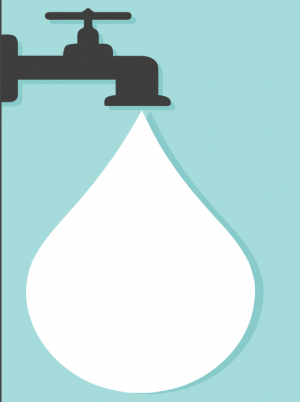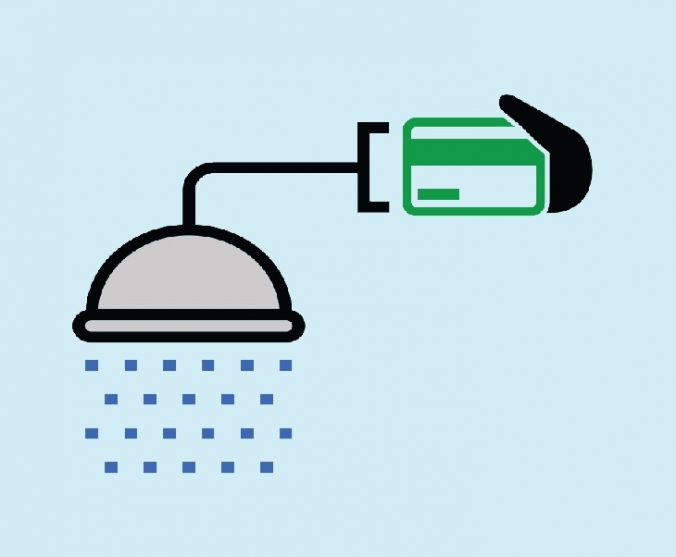In the course of conducting our statewide utility rates surveys, we here at the Environmental Finance Center at the University of North Carolina at Chapel Hill examine thousands of rate structures each year. We’ve seen it all, from the especially complex to the most basic. One thing we have noticed is that sometimes utilities create complicated rate structures when the same outcomes could be accomplished in simpler ways. We internally deem these “special cases.”
Everyone wants to be special, right? But when it comes to rate structures, special often means needlessly convoluted. One of the most important objectives for utilities should be to communicate their rates clearly to their customers. When rate structures are complicated, communication with customers also becomes complicated. Simple rate structures can have the same desired outcomes as more complex ones, while making communication with customers more straightforward and billing easier. It can pay to be plain. Continue reading







